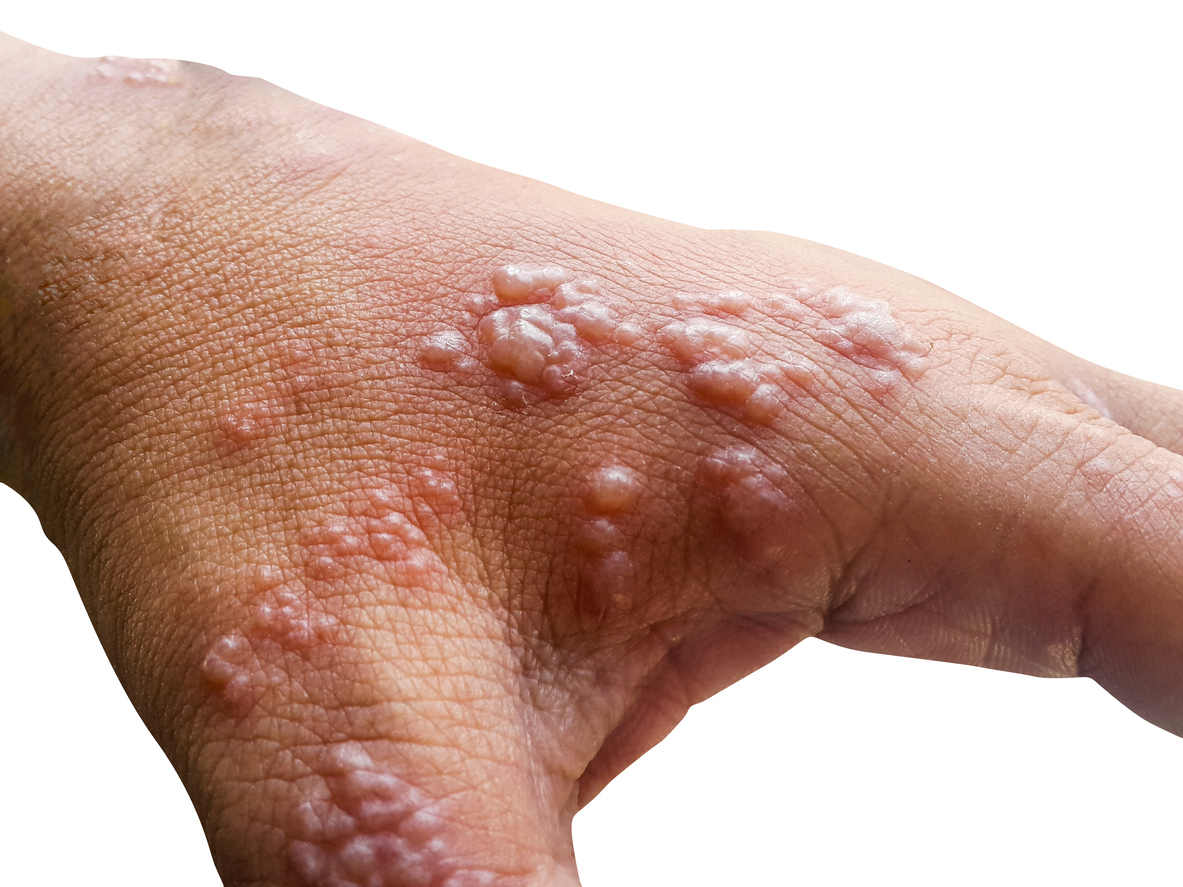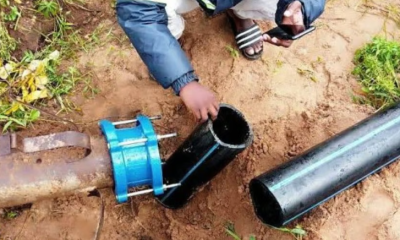Monkeypox caused by the monkeypox virus is currently spreading fast across countries, where it does not even have a history of outbreak.
The common symptoms of monkeypox infection are fever, rashes and lesions along with other conditions like intense headache, back pain, muscle ache and lack of energy.
As per the World Health Organisation (WHO), the skin eruption usually begins within 1-3 days of the appearance of the fever. The rashes are seen in the face, palms of the hands, soles of the feet, and genitalia. Rashes can also be seen in the conjunctiva and cornea of the eyes.
Rashes, which will initially look like pimples and then grow in size, filled with fluids before healing.
READ ALSO: Smallpox vaccine effective against monkeypox—Expert
The stage where the lesions and rashes are active on the skin the patient is highly contagious, experts have warned. This period can last upto 2 weeks as well; in some cases it can go beyond that.
“A person is considered infectious from the onset of first clinical manifestations till all skin lesions have dried off. This can take up to 3 weeks,” says Dr. Maharshi Desai, Senior critical care specialist, Apollo Hospitals, Ahmedabad.
It is very important to take care of monkeypox lesions. The rashes and the lesions can be very painful and itchy and depending on the location of their origin, one should be very careful about them.
The patient should only use doctor recommended medications to soothe the lesions and be under strictest hygiene measures till they crust off completely from the normal active skin.
On the contagious nature of the lesions, Dr. Desai says, “patients need to be in strict isolation,” and has advised that health care staff should wear PPE kit.
READ ALSO: Monkeys reportedly kidnapped a 4-month-old baby and threw him off a roof
“Skin lesions generally heal by themselves. Avoid topical or systemic steroids for skin lesions. For skin irritation, one can use gentle cleanser or moisturizer and for pain relief the patient can take paracetamol,” he suggests and warns not to pick the lesions.
“For secondary bacterial infection, antibiotics may be required,” he adds.
Skin lesions should be covered to the best extent possible (e.g. long sleeves, long pants) to minimize risk of contact with others, reads the guidelines released by the Union Health Ministry.
The guideline also suggests cleaning the rashes with simple antiseptic and recommends Mupironic Acid/Fucidin. It also recommends sitz baths for genital ulcers and warm saline gargles/ oral topical anti-inflammatory gel for oral ulcers which are commonly seen in this infection.
In response to the fact that the monkeypox lesions are extremely itchy, Dr. Rajinder Kumar Singal, Senior Director & HOD-Internal Medicine, BLK-Max Super Speciality Hospital says, monkeypox patients should refrain from scratching their skin and take care of their rash by washing their hands both before and after coming in contact with lesions and by keeping exposed skin dry.
Dr. Singal advises to stay away from animals that might have the virus, especially dead animals in areas where monkeypox is common and adds that even if one has to be close to animals, in that case they should always wash their hands with soap and water and recommends using protective gear like masks, safety goggles or glasses, and gloves if one can’t avoid contact.


 Featured1 week ago
Featured1 week ago
 Crime1 week ago
Crime1 week ago
 Featured1 week ago
Featured1 week ago
 Editorial4 days ago
Editorial4 days ago
 Business6 days ago
Business6 days ago
 Agribusiness2 days ago
Agribusiness2 days ago
 Business3 days ago
Business3 days ago
 Crime16 hours ago
Crime16 hours ago
